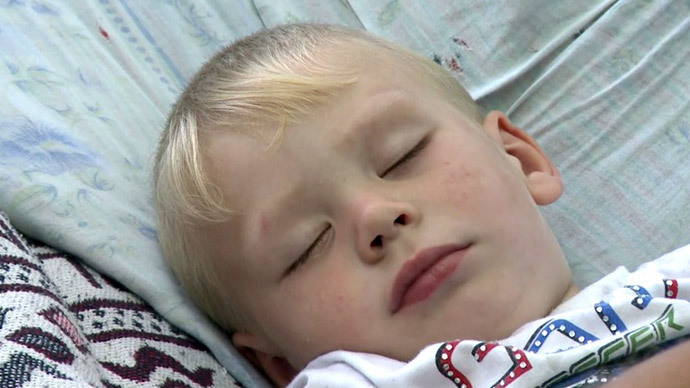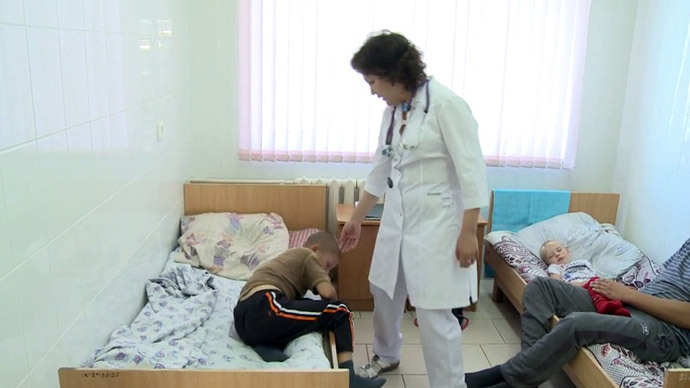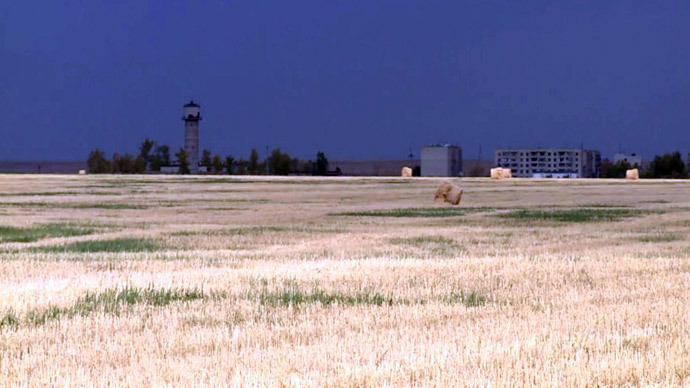A recent documentary about a tiny town in Kazakhstan found that over 600 people in the village suffer from a strange 'brain' disease that makes them fall asleep, unexpectedly.
The documentary by Russia Today found that at some point every tenth villager of Kazakhstan's Kalachi has unexpectedly fallen asleep in broad daylight. Some have slept even for days at a stretch.
The recently televised documentary available on YouTube, found that over 600 residents of Kalachi village suffer from the indiscriminate illness that has no cure.
The 'sleep epidemic' that broke out a few years ago has affected almost every family in Kalachi. In one recent case, children started falling down one after another on the first day of school in September. A local village school girl remembers that at least eight kids fell asleep within one hour on that particular day.
In another incident, "At least 60 [slept] at once in the winter...we laid them in rows," an ambulance worker told RTD. He was part of a health team that had travelled to the area to do its own investigation.
Despite several attempts to find a cause for the inexplicable disorder, the 'sleep' problem of the town has largely remained a puzzle. Groups of scientists and doctors – including virologists, radiologists, and toxicologists – have visited the village to study the issue, but have failed to identify the cause of the disease.
With no possible cure available, many locals now fear that a day may soon come when many of them won't be able to wake up ever again.
"If you try to wake him, it seems he wants to open his eyes – but can't. He's sleeping and sleeping..." Igor Samusenko, father of a child who is suffering from the illness, told RTD. People have also described other symptoms, including hallucinations (one boy was picking snails off himself), memory loss, dizziness, and nausea.
"I'm weak, my legs feel heavy, as if I'm wearing a hundred pairs of boots, and my head is spinning," one woman told RTD. Other patients behave "like they're drunk." It's difficult to warn others and ask for help, as "your tongue gets twisted."
Doctors say that "some people [have] slept for the whole week."
Many believe the extreme sleepiness is caused by the wind blowing from a mine near Kalachi. The mine, which was built in Soviet times, was deemed a top secret facility due to uranium mining. It closed over two decades ago.
While radiation levels in the town and at the mine are at a normal 16 micro-roentgen per hour, the RTD team's dose rate meter showed an alarming 268 micro-roentgen per hour at an abandoned filled-in shaft mine further from the village.




















